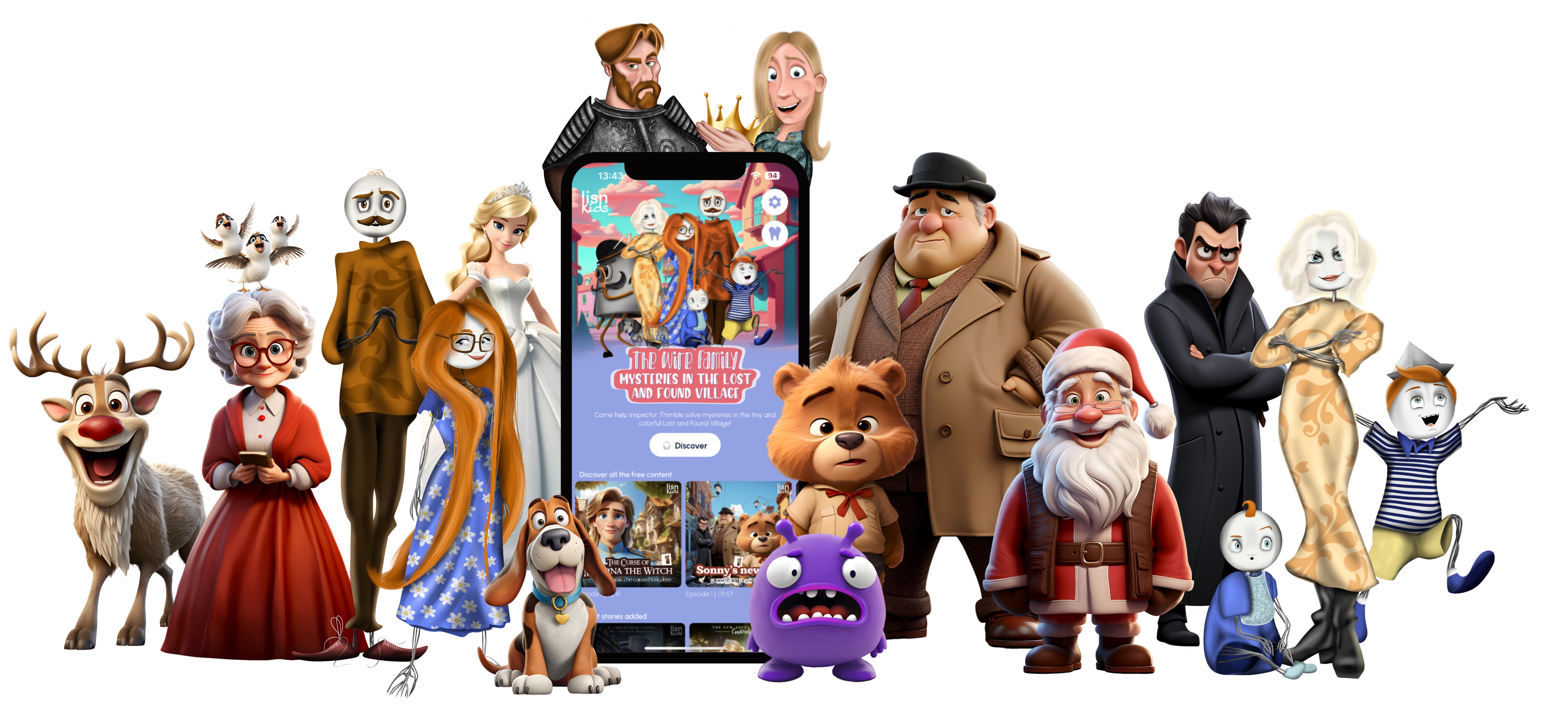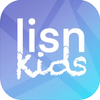Best Audio Alternatives to YouTube for Kids Aged 6–12
Why Families Are Looking Beyond YouTube
If you've ever found yourself negotiating with your child to pause YouTube for dinner, homework, or bedtime, you're not alone. For many kids aged 6 to 12, YouTube has become a constant background presence — part entertainment, part distraction. Parents often feel torn: yes, it keeps the kids engaged, but at what cost to their focus, sleep, or even self-esteem?
As children become more independent learners, the challenge isn't just limiting screen time—it's about offering enriching alternatives. That’s where the world of podcasts and audio stories comes in.
Can Audio Really Replace Video?
We don’t need to think of podcasts and audio stories as second-best to video. In fact, for children with developing minds—especially those facing focus issues, anxiety or reading difficulties—audio can be a powerful bridge. Listening activates imagination, boosts comprehension, and strengthens auditory processing skills, all without the visual overstimulation that often comes with YouTube.
Experts consistently point out that minimizing screen stimulation can improve sleep and reduce irritability. If your child spends several hours a day on digital content, you may already be seeing the signs.
How Audio Content Supports Learning and Mental Focus
Let’s think about the after-school window—that tricky time between homework, dinner and relaxation. YouTube may feel like the easiest go-to, but it often leads to emotional regulation issues or difficulty re-engaging with school tasks.
Now imagine replacing that video time with an adventure podcast or a mystery audio series. No overstimulation. Just a child curled up with headphones, their mind painting the story’s visuals. Children who struggle with overexposure to screens or who find school stressful often respond well to these calm, focused experiences.
For example, educational podcasts can subtly build vocabulary and general knowledge. Audiobooks can reframe the way a reluctant reader views stories. Characters dealing with challenges similar to your child’s can normalize their emotions in a comforting way.
Not sure if YouTube is truly affecting your child? This expert-backed article can help you assess the cognitive and developmental impact.
Getting Started: What Should Your Child Listen To?
Unlike curated YouTube playlists that may suddenly autoplay questionable content, audio platforms for kids are often better curated. When choosing a podcast or audiobook series, look for content:
- Age-appropriate: Narration should match your child’s developmental stage.
- Emotionally safe: Kids prone to anxiety often prefer slower-paced, humorous or calming content.
- Story-rich: Choose series with compelling plots and characters to hold attention without relying on visuals.
- Sensory-friendly: Audio can be ideal for children overwhelmed by fast visuals or bright lights.
Apps like LISN Kids, which offers original audiobooks and stories for kids aged 3–12, provide exactly this type of experience. Available on iOS and Android, LISN gives access to engaging, professionally produced stories that are safe and screen-free.

Routines That Make Audio a Natural Part of Family Life
So how do you make audio stories part of your child's everyday routine?
- Start small. Replace one YouTube session a day—maybe screen time before bed—with a 10 or 15-minute audio tale.
- Use it during transition times. Getting ready for school, cleaning a room, riding in the car—these are great moments for audio stories.
- Let children choose. Just as they pick their YouTube favorites, empower them to select the podcast or story they want to hear. It promotes ownership and cooperation.
- Pair it with crafts or drawing. For kids who like to keep their hands busy, audio pairs beautifully with art, blocks, or puzzles.
When Audio Supplements Their Learning — Not Replaces It
Audio shouldn't just be another diversion; it can actively support school learning. For children who are auditory learners or who need academic challenges presented in fresh, less stressful formats, podcast-style learning is gold. Interviews with scientists, history stories told through engaging voices, fiction that prompts writing—these are all part of today’s children’s audio ecosystem.
Looking to balance educational content with fun? Our guide on educational resources beyond YouTube can help.
Reframing Screen Time Discussions at Home
Shifting away from video isn’t about telling kids, “No screens!” It’s about offering choices that preserve their attention, emotional safety, and confidence. And it involves conversation: ask them how different media make them feel. Celebrate when they notice they sleep better or stay more focused during school when they’ve had less screen exposure.
For parents ready to dig deeper, this thoughtful guide discusses what age is appropriate for solo YouTube use—and what skills should come first.
Closing Thoughts
There’s no doubt that raising kids in the digital age brings complexity, especially when school stress or learning difficulties are also in play. But audio offers a gentle, powerful alternative: one that feeds their imagination without draining their energy. A well-chosen story can become more than just entertainment—it can anchor bedtime, inspire writing, or calm anxious minds after school.
If you’re looking to gently replace some YouTube sessions with calmer, enriching experiences, start with just one small change and build from there. Your child’s mind—and your evenings—may feel lighter because of it.
